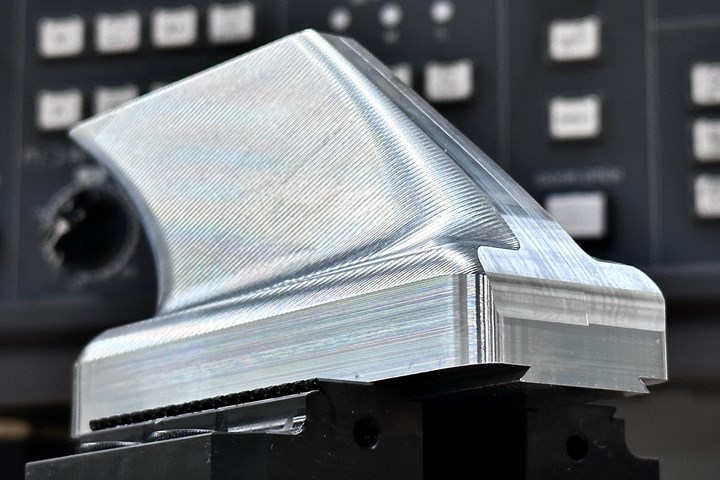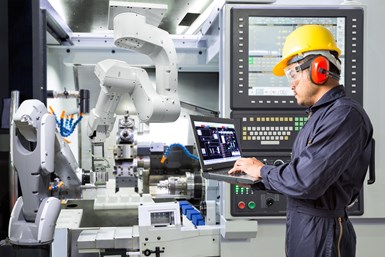What's Happening With Cutting Tools
Shops in North America are machining high-value parts, including parts made from difficult-to-machine metals, as a larger share of their workload. When the MMS editors recently listed topics related to cutting tools that we intend to watch closely, we found this one factor—difficulty—at the heart of much of what is changing about shops' use of tooling.
Shops in North America are machining high-value parts, including parts made from difficult-to-machine metals, as a larger share of their workload. When the MMS editors recently listed topics related to cutting tools that we intend to watch closely, we found this one factor—difficulty—at the heart of much of what is changing about shops' use of tooling. The rest of what's changing can be explained by the always-present pressures to reduce cost and cycle time.
For your consideration, here are some of the trends in cutting tools we think we see:
Exotic materials becoming less exotic
PCD, CBN, ceramic and cermet tools all stand to become more commonplace as a larger percentage of shops push their capabilities to include high speeds or difficult metals.
Closer attention to coating
Historically, many shops have thought only in terms of "coated" and "uncoated" tools, thinking that all tool coatings perform pretty much the same. As these shops machine more aggressively, they are becoming more attentive to the relative merits of different coating choices.
Dry machining
The economic incentive to avoid coolant may not be as great in North America as it is in Europe, but some American facilities can still cut costs by reducing coolant's use. These shops are evaluating tools for their effectiveness at cutting dry.
Trial-and-error for trying parts
Increased use of bimetals, in which harder and softer metals are fused side-by-side, is one significant development in the design of machined parts. For demanding parts such as these, shops struggle just to find the tools and parameters to cut reliably. They may also adjust their perspective on what constitutes acceptable tool life—changing tools frequently so they can keep the process consistent.
Attunement to vibration
Some shops appreciate that changing the tooling can change the specific, low-chatter spindle speeds where the deepest milling cuts are possible. In the future, the tool may play an even greater role where vibration is concerned. Research is being directed at "tunable" tooling that cuts smoothly at predetermined speeds.
Cost-effective tool management
An increased use of high-end cutting tools can turn the traditional tool crib into a costly glut of tied-up capital. In part by working with tool suppliers to achieve smaller and more frequent shipments, shops are finding ways to reduce this inventory expense.
RELATED CONTENT
-
Taking The Fear Out Of Hard Turning
To make the transition to hard turning, you'll need to switch from carbide to CBN inserts, but that is easier (and more economical) than you might think. It's making the jump to much higher surface speeds that might scare you off. It needn't. Here's why.
-
How One CNC Shop Effectively Machines Glass-Fiber-Filled Plastics
You know how to machine metals, but what about plastic machining? More specifically, glass-fiber-reinforced plastic? This machine shop has it figured out.
-
Where Dry Milling Makes Sense
Liquid coolant offers advantages unrelated to temperature. Forced air is the fluid of choice in this shop...but even so, conventional coolant can't be eliminated entirely.


.jpg;width=70;height=70;mode=crop)


.1692800306885.png)




.1687801407690.png)
